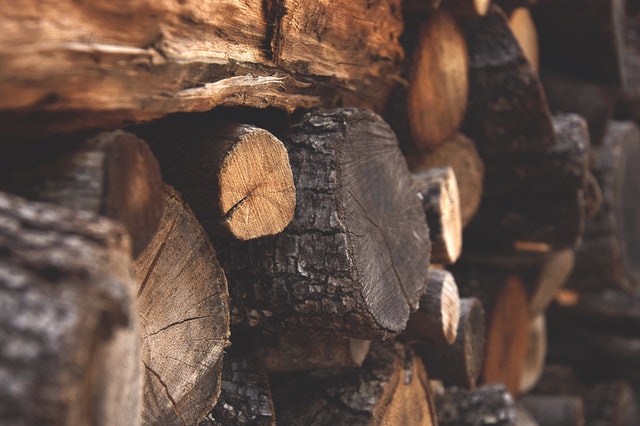
Squirrels to me were just a natural part of the scenery up north. I pretty much ignored them until they decided to nest in my house, chewing major holes in the soffit.
In retrospect, getting rid of squirrels in the attic was a piece of cake compared to the pests that homeowners battle in the mid-South.
Initially, I had no clue about what culprit could be making holes in my cedar house, what was eating the bulbs in my garden, digging holes all over the yard, or building mud tunnels on exterior walls.
Holes in Wood
 Bees are good, right? They pollinate. As do carpenter bees. Also called drilling bees or boring bees, they buzz like honeybees but they’re much bigger and ergo, scarier looking. Apparently, only the Queen Bee can actually sting but I run anyway.
Bees are good, right? They pollinate. As do carpenter bees. Also called drilling bees or boring bees, they buzz like honeybees but they’re much bigger and ergo, scarier looking. Apparently, only the Queen Bee can actually sting but I run anyway.
Carpenter bees drill these amazingly perfect round holes in wood: on the deck, the front steps, the door frame, the soffit and most recently, the front of the house.
Then they cleverly tunnel sideways to make the larvae harder to reach (and kill). I have learned to watch for little piles of sawdust on the ground.
 Of course, larvae also attract woodpeckers. These are nothing like Woody Woodpecker. The smaller, less colorful versions can turn the bee holes into gaping round holes as well as peck horizontal slits into the wood to get to their bee snack.
Of course, larvae also attract woodpeckers. These are nothing like Woody Woodpecker. The smaller, less colorful versions can turn the bee holes into gaping round holes as well as peck horizontal slits into the wood to get to their bee snack.
Most years, the bees come back. It would be impossible to kill them all. Some years pest control comes to spray the entire outside of the house.
For patching, I’ve used stainable wood fillers but caulk in a matching color seems to do a better job of filling the smaller holes. A neighbor suggested stuffing the big ones with steel wool before closing them up with filler or caulk.
Holes in the Yard
 Each fall, I used to plant tulip bulbs. Strangely, they never bloomed in the spring. It turned out that chipmunks were feasting on the bulbs.
Each fall, I used to plant tulip bulbs. Strangely, they never bloomed in the spring. It turned out that chipmunks were feasting on the bulbs.
Pansies also disappeared, from top to root. (Squirrels do rank as parties of interest.)
Then holes began to appear in the grass. I caught those same chipmunks that had looked so cute chasing each other around the backyard bolting into the openings.
By now, a dozen or more of the tunnel entrances dot the yard. I don’t know why they need that many.
Solution? Chipmunks may be rodents, but these pests are just too cute to kill
 I tried putting hair clippings from a nearby salon down the holes (no effect so far with this folk remedy). Another homeowner finally set traps to get rid of his chipmunks.
I tried putting hair clippings from a nearby salon down the holes (no effect so far with this folk remedy). Another homeowner finally set traps to get rid of his chipmunks.
After a neighbor said she entered a rarely used room to find a chipmunk had invaded and taken residence in one of the blankets, I now check to make sure no holes are close to the house.
Mud on the Walls
 Mud daubers turned out to be wasps, but apparently not the aggressive type. Although typical wasps nests need to be removed carefully at dusk, these mud houses can be scraped off generally without fear of getting stung.
Mud daubers turned out to be wasps, but apparently not the aggressive type. Although typical wasps nests need to be removed carefully at dusk, these mud houses can be scraped off generally without fear of getting stung.
I am not going to give ticks and termites any mention. The mere thought of those pests is creepy enough.
Sources:
Personal Experience

